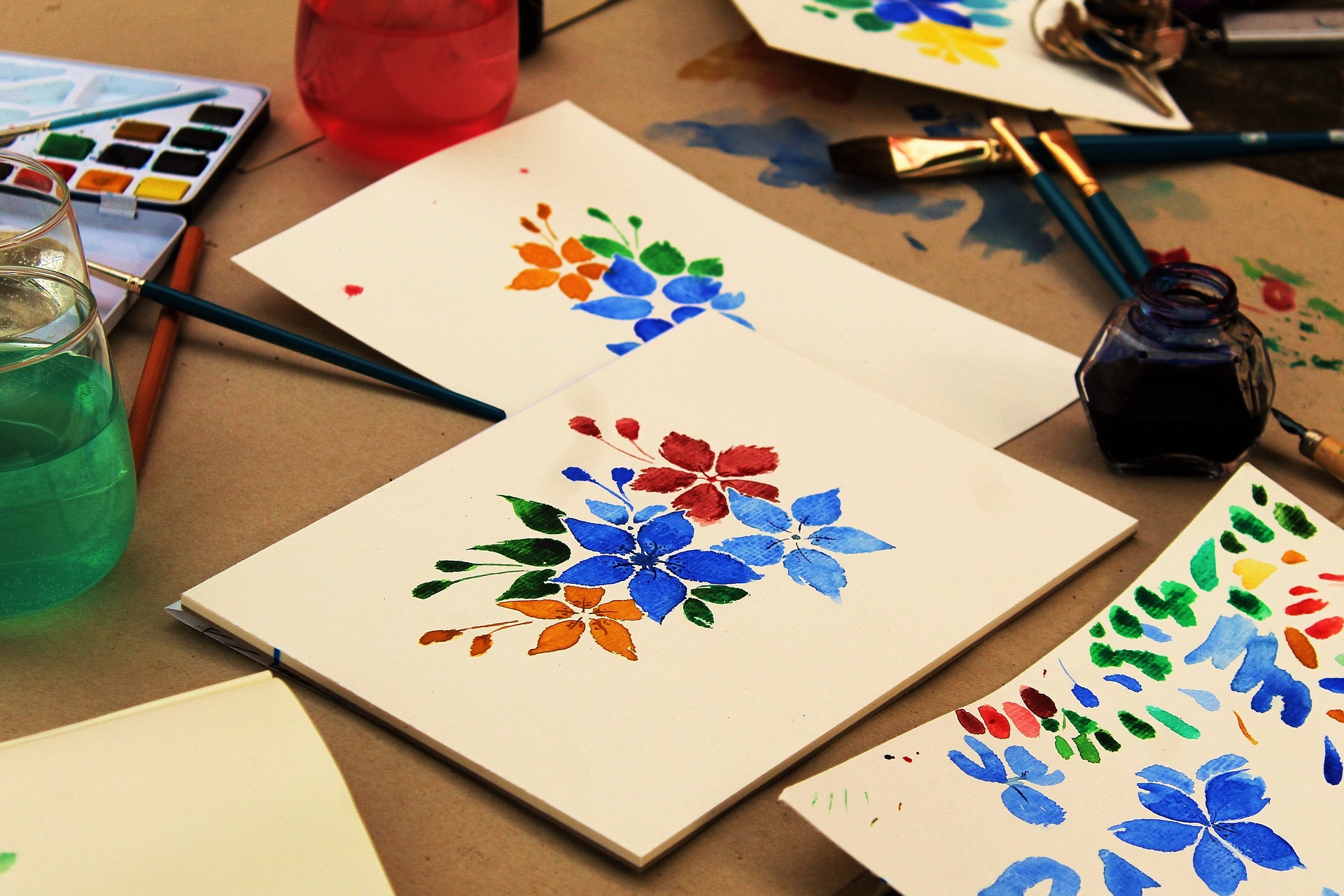Children’s minds are often described as “sponge-like.” This, of course, refers to their innate ability to soak up instruction through their open minds. They take in the data sent to them from the world around them and translate that into learned actions. This capability is why art class for children is the best way to teach children about the world around them.
Check out the art courses is one way to aid our children in the development of such skills such as patience, persistence, and how to use constructive criticism to improve themselves. In time, these become changes in the way that children process their thoughts and good habits that will become life skills that will serve them well. From school-age to college to career, these skills set children up for success in live.
5 Life Skills Children Learn from Art Class
THE CAPABILITY TO THINK INDEPENDENTLY
For many students, art is an escape. A child mastering his craft will spend an untold amount of hours creating and refining her work, and even begin to explore new ways of creating the outcome. This fosters independent thinking as well as the ability to work alone. Thinking and working independently encourages other skills, such as making good choices in life.
THE ABILITY TO COLLABORATE
Art can be a solitary practice, with hours lost in creativity. However, your child will have plenty of chances to collaborate with other artists. He will meet other children in the class as well as work collaboratively to put on art shows or exhibits. This collaboration teaches him how to work with others to reach a common goal. Won’t this be a great and marketable skill when he eventually enters the workplace?
HOW TO ACCEPT CONSTRUCIVE CRITICISM
Children who attend art class learn to take constructive criticism. They quickly learn that the positive feedback which they receive from teachers is meant to help them increase their skills. In time, they start to translate this skill from art class to the academic classroom or home. They also learn the feedback is part of life, whether it’s a report card or a scorecard.
LEARNING TO BE PERSISTENT
When your child is creating art, she will become frustrated by mistakes. For example, she might make something beautifully imperfect…and it will drive her crazy. She must learn how to create her own solution to correct this error. In the long term, she will internalize a game plan of how to stop herself from making that same mistake over and over again. Moreover, she will see that everyone makes mistakes. The important lesson isn’t not to make mistakes, but to own her mistakes, recover from them, and plan to avoid it in the future while working diligently to correct them.
THE GIFT OF PATIENCE
Learning to create art is truly a test of anyone’s patience. There are numerous hours spent working at artwork and getting things exactly as you envisioned. Children are naturally eager to show their parents or friends their work and learn to work with diligence rather than rushing through just for the sake of completing the piece. An art studio is truly a place where children learn patience.
CONCLUSION
In conclusion, children who participate in art class learn the life skills it takes to grow up to be well-adjusted, patient, and productive adults. They carry these skills learned in the art studio with them for life. Some would say that art class for children teaches skills in such a fun manner that the young students don’t even know they are learning. That “fun factor” is a key to an effective learning environment.
Author Bio: Amanda Lee Jones is the operator of the Amanda Lee Jones Art Studio in Austin, Texas. She holds a B.S.Ed. in Elementary Education from Texas State University. She has studied under some of the finest artists and loves sharing her joy in art with children.





















